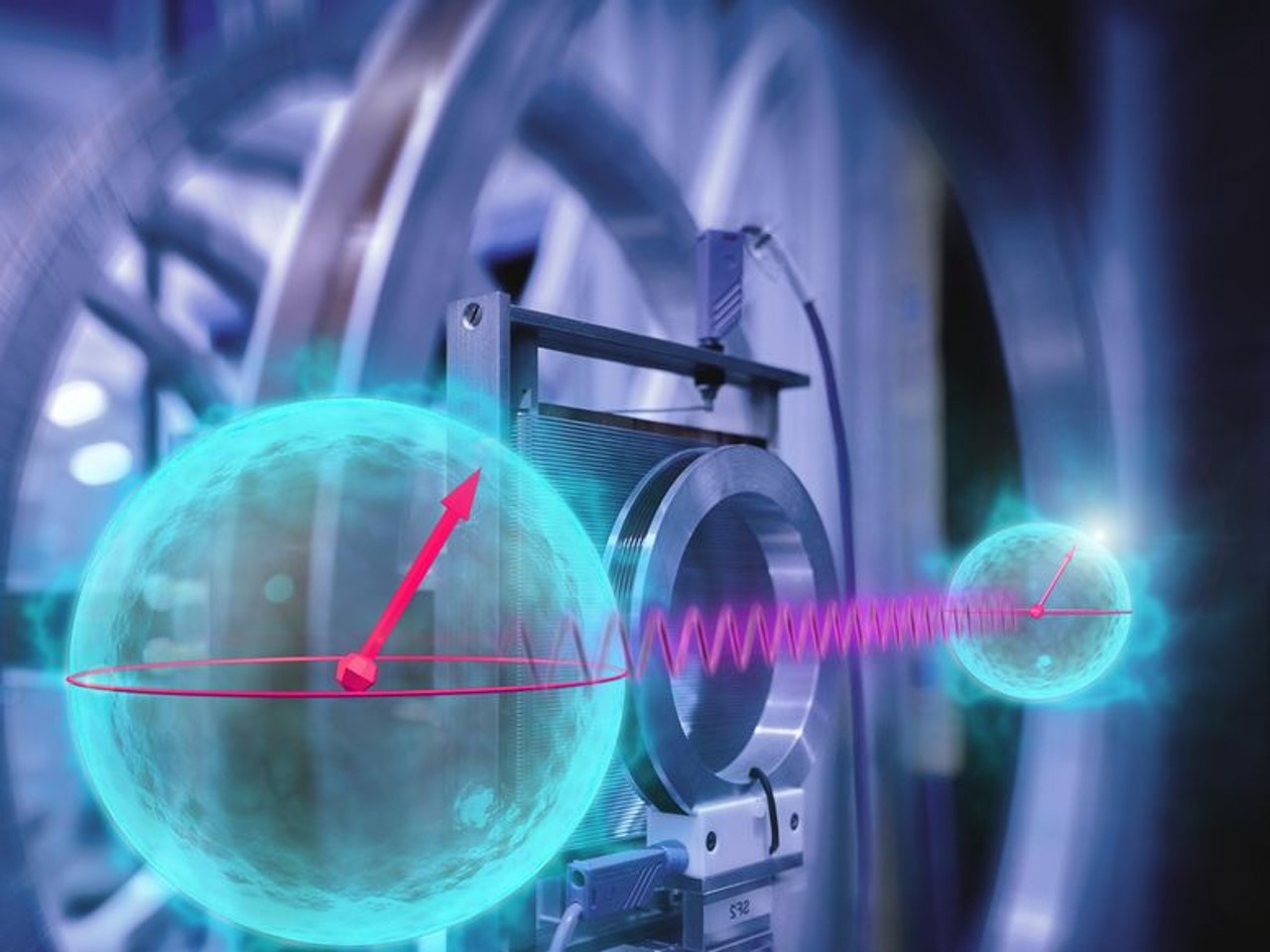25 February 2025
Unlocking quantum secrets with entangled neutrons
Einstein called it 'spooky action at a distance.' Schrödinger deemed it quantum mechanics’ most essential trait. For decades, quantum entanglement has captivated the brightest minds—and now, we can create entangled neutrons using a standard neutron scattering instrument.
While quantum entanglement—recognized with the 2022 Nobel Prize in Physics—has paved the way for ultra-secure communications and advanced computing, its significance extends far beyond quantum information technology, reaching deep into the foundations of condensed matter physics and beyond.

Quantum entanglement in condensed matter physics
Quantum spin liquids, for example, possess a quantum entangled ground state—the system’s lowest-energy configuration, which it adopts as it approaches absolute zero. However, demonstrating the existence of such a state remains an experimental challenge pursued by researchers worldwide.
Neutrons to explore entangled states
Neutron spectroscopy has been a vital tool in this pursuit, enabling researchers to probe a material's excitation spectrum for signs of entanglement. Recently, a global team of researchers demonstrated progress by showing that a neutron resonance spin-echo spectrometer—such as
RESEDA at the MLZ—can produce a beam of entangled neutrons.
An entangled beam of neutrons opens new possibilities for probing condensed matter systems, providing a powerful tool to explore quantum entanglement.
Original publication
Spin-energy entanglement of a time-focused neutron
J.C. Leiner, S.J. Kuhn, S. McKay, J.K. Jochum, F. Li, A.A.M. Irfan, F. Funama, D. Mettus, L. Beddrich, C. Franz, J.Shen, S.R. Parnell, R.M. Dalgliesh, M. Loyd, N. Geerits, G. Ortiz,
C. Pfleiderer, R. Pynn.
Phys. Rev. Applied 22, L031005 (2024)
DOI: 10.1103/PhysRevApplied.22.L031005
Article originally published on
TUM website.
